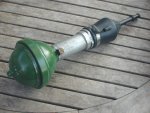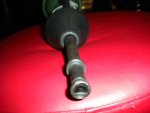OK, I've not changed a rear suspension boot before so be kind 
So, cleaned the area around the boot/ sphere, removed sphere, undid the high pressure line, removed return line, removed pin. Removed and cleaned the cylinder/ram, removed split boot.
I paid attention to the way the boot had been fitted.
I drew this diagram to show how the boot was fitted to the rod/ram, previously, and how I fitted mine. Easier than trying to explain.
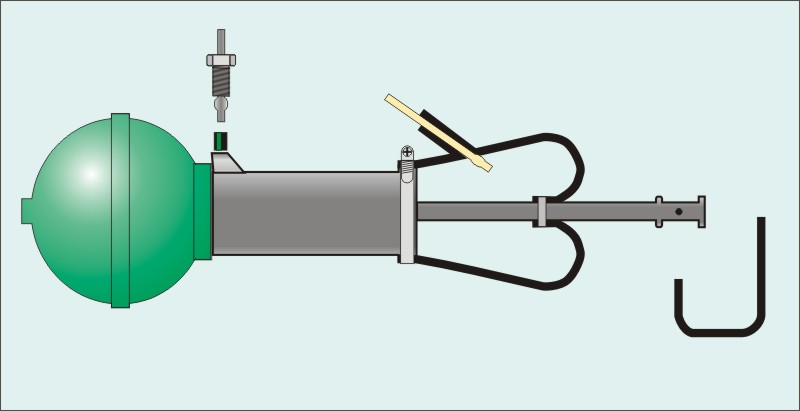
Do the gurus agree that this is correct?
I had to turn the boot inside out, and slide the small opening of the boot over ball end of the rod, over the flange and down onto the ribbed part of the rod - seems like there must be an easy way to do this, special tool?
Then fit ligerex clamp and pull the boot back over the clamped end.
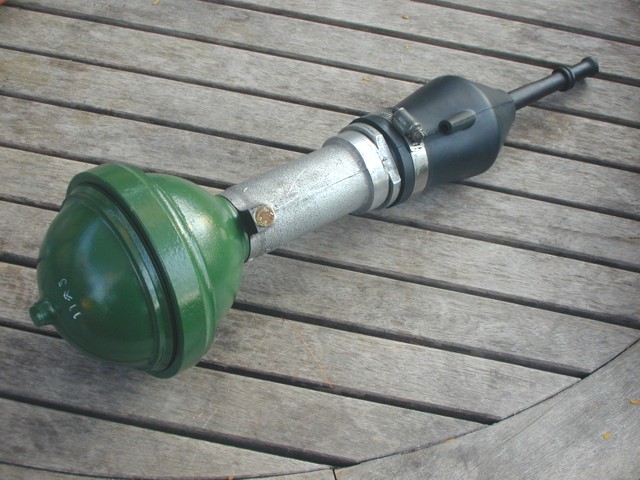
First attempt I neglected to ensure the orientation of the hole in the rod was at 90 degrees to the high pressure line and return line on the boot, good practice for using ligarex and an obvious trap.
Now here's a few questions...
How do I tell if there is too much wear on the rod end?
Why does the wear appear to be horizontal when the rods movement would be vertical?
What grease is recommended when packing the ball cup?
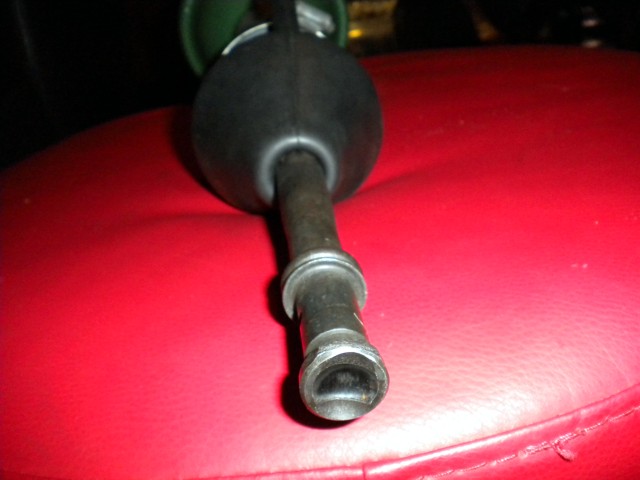
Cheers
Chris

So, cleaned the area around the boot/ sphere, removed sphere, undid the high pressure line, removed return line, removed pin. Removed and cleaned the cylinder/ram, removed split boot.
I paid attention to the way the boot had been fitted.
I drew this diagram to show how the boot was fitted to the rod/ram, previously, and how I fitted mine. Easier than trying to explain.
Do the gurus agree that this is correct?
I had to turn the boot inside out, and slide the small opening of the boot over ball end of the rod, over the flange and down onto the ribbed part of the rod - seems like there must be an easy way to do this, special tool?
Then fit ligerex clamp and pull the boot back over the clamped end.
First attempt I neglected to ensure the orientation of the hole in the rod was at 90 degrees to the high pressure line and return line on the boot, good practice for using ligarex and an obvious trap.
Now here's a few questions...
How do I tell if there is too much wear on the rod end?
Why does the wear appear to be horizontal when the rods movement would be vertical?
What grease is recommended when packing the ball cup?
Cheers
Chris


